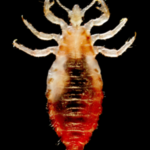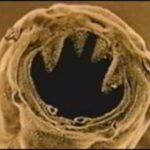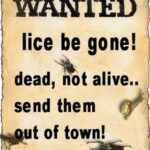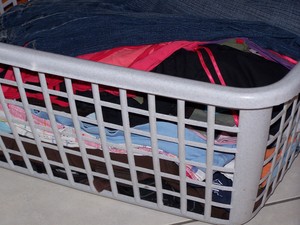Head lice are a common problem among children, much to the dismay of parents. Few parents relish the thought of finding lice growing on their child’s scalp. Although lice aren’t a serious health threat, these tiny parasites aggressively feed on scalp tissue which can lead to significant itching and rash which can become secondarily infected with bacteria. While it may be simple to identify head lice in some cases, the picture can be confusing if your child is scratching his scalp and there are no obvious eggs or lice. What’s the best way to find head lice that may be hiding on your child’s scalp?
When lice infect the scalp, they lay eggs called nits which can usually be found attached to the hair shaft. Unfortunately, these nits can be difficult to see and may be mistaken for flakes of dandruff. To find head lice on a child’s scalp, it’s important to have the child sit under a bright light and use a magnifying glass to help identify head lice and nits that are hard to see. Hair should be visually inspected section by section with the help of the magnifying lens. Lice eggs, or nits, will look like tiny dots attached firmly to the hair shaft and are most likely to be found in the scalp region where the temperature is warmer.
Even if you do a thorough visual inspection to find head lice, this may not be enough. A study published in the Archives of Dermatology showed that using a comb to inspect wet hair is a more accurate way to find adult lice than direct visualization. The two techniques were compared and the comb method was found to be superior for finding adult lice, although visual inspection worked almost as well for finding nits. To find head lice when no nits are seen, the hair is wet and a light conditioner applied to soften and smooth the strands of hair. A comb is then used to comb through each section of hair carefully, looking closely for evidence of lice. Even the presence of a single louse or nit requires treatment.
Once nits or adult lice are found, treatment is important to prevent transmission to other family members. Shampoos such as Nix which are available over-the-counter are effective, although directions should be read carefully before using. Because this shampoo kills only lice, not eggs, a second treatment may be needed in ten days to kill any newly hatched lice. In some cases, a prescription medication may be needed to eliminate all lice. Once head lice are found, it’s important to wash on bedding and clothing that came into contact with the infected person and examine the scalps of other family members to identify head lice, if present. This will prevent recurrent problems with head lice being transmitted back and forth between family members.





